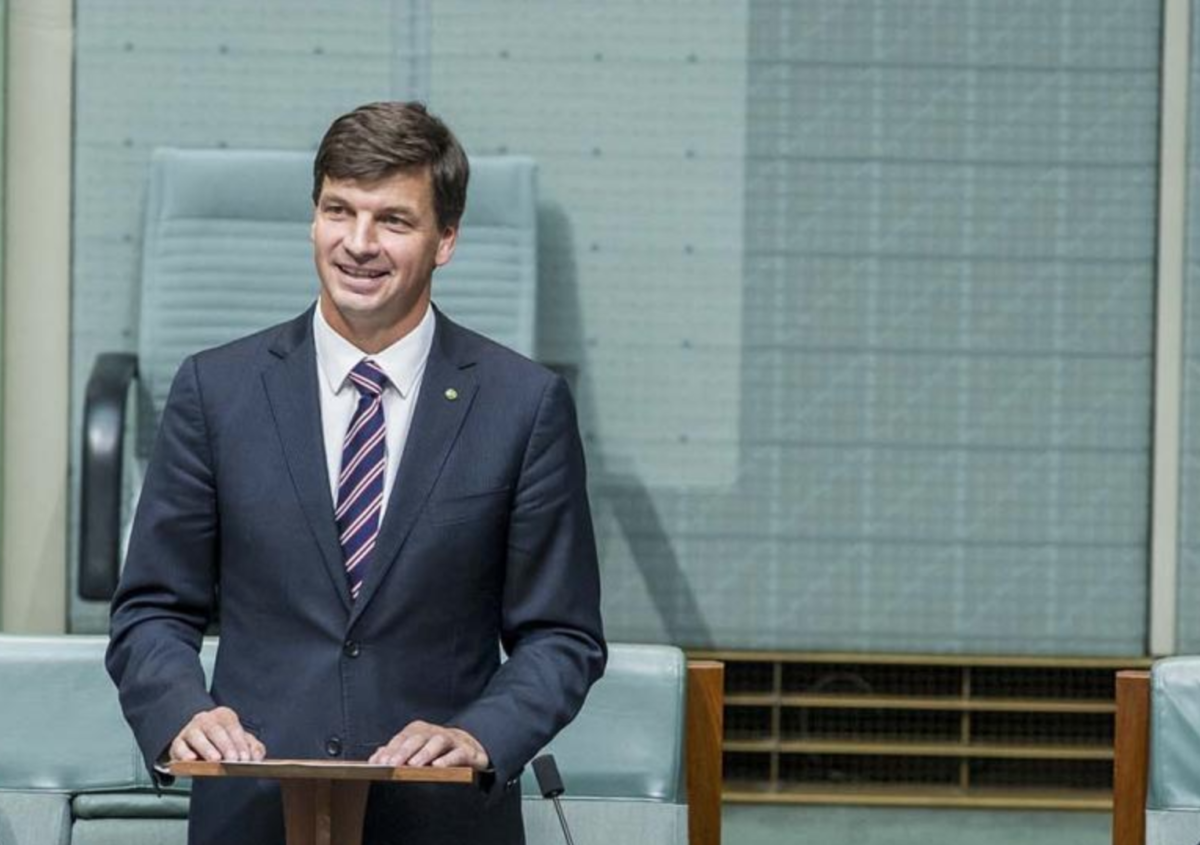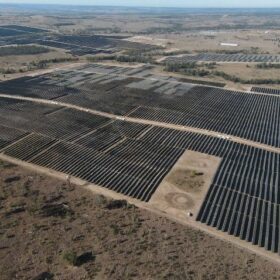A new poll of 1000 Queenslanders highlights the fatuousness of debate amongst state and federal politicians as to the viability of a new coal-fired power station in North Queensland.
In February, Federal Minister for Energy and Emissions Reduction, Angus Taylor, announced $4 million in funding for a feasibility study by Indigenous-owned Shine Energy into a new 1GW high-energy low-emissions coal-fired power plant in Collinsville, North Queensland.
The announcement has been widely criticised due to the economic self-sabotage of investing funds in a dying medium; indeed, even Queensland Energy Minister Anthony Lynham has expressed concerns. Actually, the coal-fired power is not so much dying as being killed by the cheaper, cleaner, and safer renewable energies, such as solar, of which North Queensland is particularly rich, considering it is located about half a klick from the sun.
Indeed, this economic self-sabotage is not only a risk run by governments, but by developers too. In March, a report (Report) from financial think-tank Carbon Tracker found that coal developers risk wasting more than $600 billion due to stubborn resistance to the already cheaper electricity resources provided by renewable energies worldwide. The Report finds, in short, that a new coal plant is about as prudent an investment today as a Clydesdale and cart.
“How to waste over half a trillion dollars: The economic implications of deflationary renewable energy for coal power investments,” shows that green energy isn’t just green because it’s clean, but because it’s a money-maker. By 2030 it will be cheaper to build new wind or solar capacity than to continue operating with coal in all markets across the globe.
In the case of the Collinsville plant, both the Government and Shine Energy are labelling it as a “low-emissions coal-fired power plant”, which is like describing the Tasman Sea as a “low-moisture” body of water. Indeed, according to information uncovered by The Guardian, emissions from the proposed Collinsville plant would be comparable to generators built in QLD 15-20 years ago.
“Deciding to continue with planned coal capacity is very risky,” said the Report’s co-author Sriya Sundaresan. More risky still is the feeble attempt to fool one’s addiction through poorly disguised dilution. “The Australian government should introduce regulations that maximise the systems value of variable renewable energy and retire the existing coal fleet through phase-out schedules,” advises Sundaresan. “They will otherwise face stranded asset risk and overcapacity.”
The risk for Queenslanders is real, and as in the case of the last General Election, the greatest risk Queenslanders pose is to themselves. In the infamous 1995 State of Origin series, the Queensland team was notified before kick-off that the first player to yell “Queenslander!” on the pitch would be punched in the face by the nearest New South Welshman. For Queensland today, to go ahead with new coal investment is the equivalent of yelling “Queenslander!” and then punching themselves in the face.
The Poll
Thankfully, the QDOS Research poll of Queenslanders, commissioned by Solar Citizens, a community organisation seeking to grow renewable energy in Australia, demonstrates that Queenslanders are not as stupid as their southern rivals would have everyone believe.
The poll found that 78% of respondents would prefer the Queensland Government spent on renewable energy generation rather than new-coal fired power. Similarly, 62% of people agree the Government should develop a plan to gradually transition and generate all electricity from renewable sources.
Moreover, the poll found that Climate Change is a major concern for 70% of Queenslanders. “These results show that Queenslanders are concerned about the threat of climate change and support more government investment in clean energy solutions,” said Solar Citizens’ National Director Ellen Roberts. “The Government should listen to these concerns and pave the way for more renewable energy jobs and investment.”
According to Roberts, building a new coal-fired power plant in Queensland would require heavy subsidisation, and this poll shows that few Queenslanders support such spending. “Renewables can unlock the energy trifecta for Queenslanders: lower bills, less pollution and more regional employment,” continued Roberts. “We can utilise our impressive solar and wind resources to produce an abundance of cheap electricity and help revive Australian manufacturing.”
This content is protected by copyright and may not be reused. If you want to cooperate with us and would like to reuse some of our content, please contact: editors@pv-magazine.com.








“In February, Federal Minister for Energy and Emissions Reduction, Angus Taylor, announced $4 million in funding for a feasibility study by Indigenous-owned Shine Energy into a new 1GW high-energy low-emissions coal-fired power plant in Collinsville, North Queensland.”
High energy, low emissions? So, how often will this “plant” be operated in “spinning demand” or “spinning reserve” mode, (waiting) for grid demands before the plant can be put online to support the loads? How fast can this “asset” supply needed power to the grid? Within 15 minutes, 30 minutes an hour? I believe the Neoen wind farm in the Hornsdale wind farm area has proven the TESLA battery installed there in 2017 is much more cost effective than any fueled generation facility online today. In the U.S. there was this Kemper “clean coal” plant that was supposed to reduce and sequester CO2 to bring back coal fired generation to its one time prominence in electricity generation. Well the plant never worked right, so the owner Southern Company replaced the boilers with natural gas boilers to make the plant (usable) for power generation. Forget fueled generation plants and go with distributed energy storage facilities constructed along the grid.